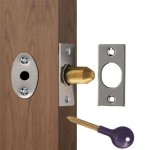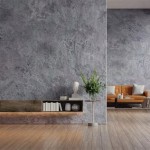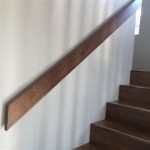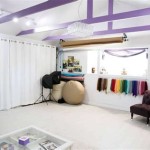Types of Interior Glass: A Guide to Enhancing Aesthetics and Functionality
Interior glass has become an indispensable element in contemporary design, offering a myriad of benefits that enhance both the aesthetics and functionality of living spaces. From creating a sense of openness to maximizing natural light, the versatility of interior glass is unmatched. This guide will delve into the various types of interior glass available, highlighting their unique characteristics and applications.
Clear Glass
Clear glass is the most common type of interior glass and is highly prized for its ability to seamlessly blend into any décor. Its transparency allows for unobstructed views, making it ideal for creating a sense of spaciousness and openness. Clear glass is frequently used in windows, doors, tabletops, and partitions.
Float Glass
Float glass is a type of clear glass that is manufactured by floating molten glass on a bed of molten tin. This process results in a glass surface that is extremely smooth and free of distortions. Float glass is commonly used in windows, mirrors, and picture frames.
Tinted Glass
Tinted glass is created by adding metallic oxides to the glass mixture during production. This process gives the glass a colored tint, reducing glare and providing privacy. Tinted glass is often employed in windows, doors, and conservatories.
Low-E Glass
Low-emissivity (low-E) glass is coated with a thin layer of metallic oxide, which reflects heat back into the room. This helps reduce heat loss and improve energy efficiency. Low-E glass is particularly beneficial in cold climates and is commonly used in windows and curtain walls.
Frosted Glass
Frosted glass is a type of clear glass that has been treated with an acid or sandblasting process, creating a translucent surface that obscures vision. It is commonly used in bathrooms, shower enclosures, and privacy screens.
Textured Glass
Textured glass has a surface that has been etched or embossed with patterns or designs. This creates a unique visual effect and can be used to add privacy or decorative flair. Textured glass is often employed in doors, windows, and room dividers.
Smart Glass
Smart glass is a cutting-edge type of interior glass that can change its transparency or opacity on demand. This is achieved through the application of an electric current, which alters the molecular structure of the glass. Smart glass offers numerous benefits, including privacy control, glare reduction, and enhanced energy efficiency.
Conclusion
Interior glass plays a vital role in shaping the aesthetics and functionality of living spaces. With a wide range of types available, there is an interior glass solution to suit every design need and preference. From clear glass that maximizes natural light to smart glass that offers advanced privacy and energy-saving capabilities, understanding the various types of interior glass empowers designers and homeowners alike to create beautiful and functional spaces.

6 Diffe Types Of Glass Use For Interior Needs Properties And Usage Fab Mirror

6 Diffe Types Of Glass Use For Interior Needs Properties And Usage Fab Mirror

11 Types Of Glass Used In Interior Design Construction Beyond Decor

Types Of Glass In Construction Interior Design Gauzy

Common Variants Of Glass Used In Modern Windows Laminated

Types Of Glass Used In Interior Design

11 Types Of Glass Used In Interior Design Construction Beyond Decor

Types Of Glass Used In Interior For Use Solutions

Types Of Glass Partition Options And Their Advantages

Types Of Glass Used In Interior For Use Solutions
Related Posts








